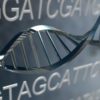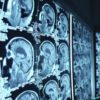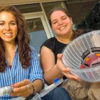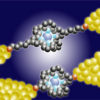The use of DNA microarrays to diagnose developmental disabilities and congenital anomalies in children can also unexpectedly identify that some of those children have been conceived through incest, creating social and legal issues that are now challenging the scientific community. To understand the ramifications of these chance discoveries, medical researchers from the Baylor College of […]





